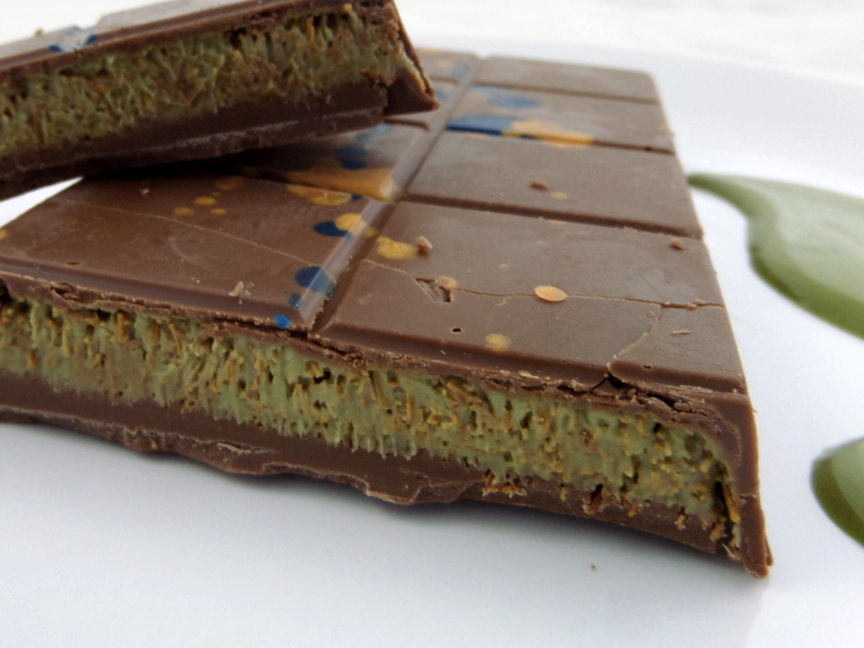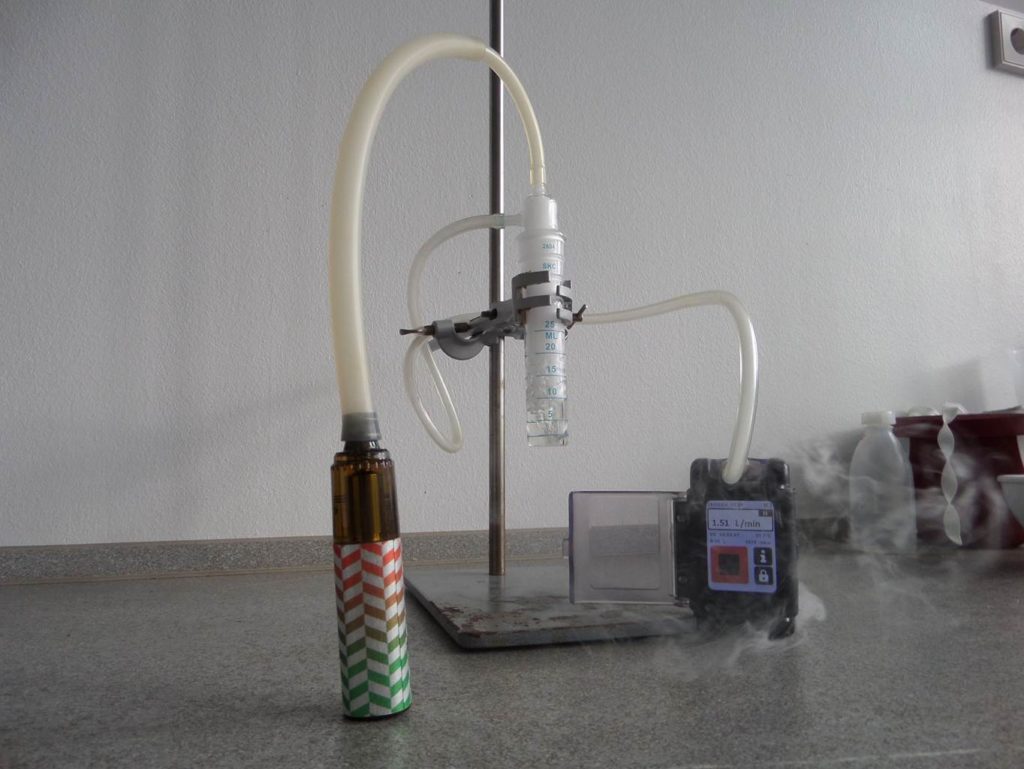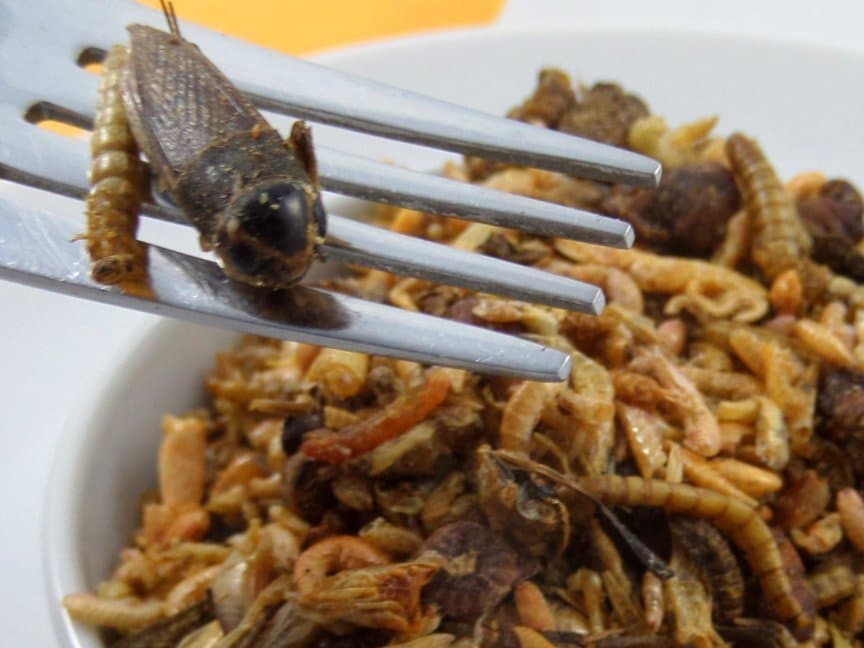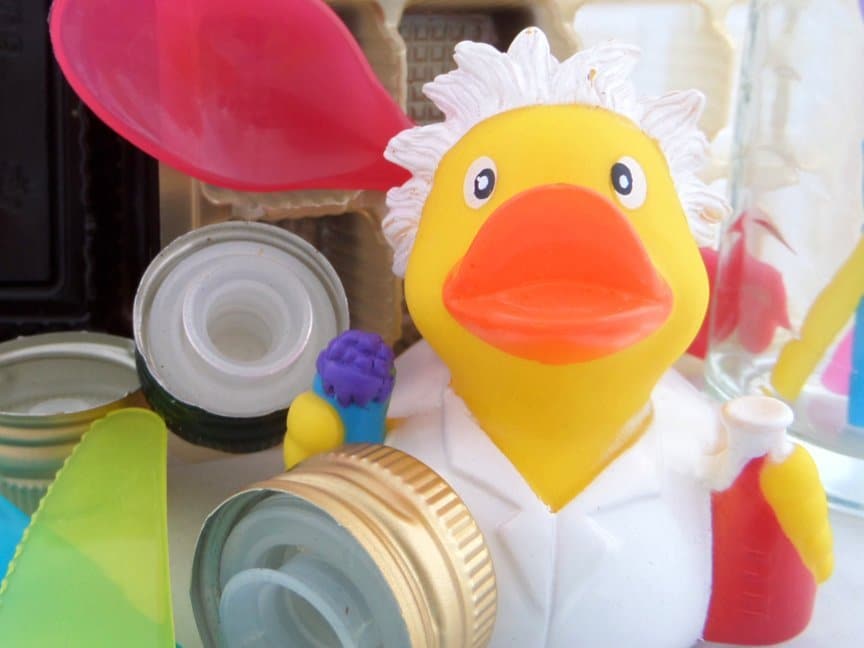 The American outdoor clothing company Gore will partly stop using PFCs in 2020 and stop completely by 2023.
The American outdoor clothing company Gore will partly stop using PFCs in 2020 and stop completely by 2023.
What are PFCs?
PFC is a mixture of several hundred hydrocarbons but with a large part of the hydrocarbon atoms or even all of the hydrocarbon atoms are replaced by fluorine. Just like teflon, these PFCs are very stable, persistent, and, unlike teflon, mobile. They can enter our drinking water and food. In outdoor markets, the air can also show an increased concentration of PFCs.
How harmful are PFCs?
PFCs can accumulate in the food chain. This fact alone is a reason for worry. Besides, long term studies in rats and mice showed that PFCs stimulated the development of cancer and other tumors.There is also a suspicion that some PFCs have a negative influence on fertility in women and sperm production in men. In spite of this, the use of PFCs is not forbidden in Germany at this time.
Which products for daily use contain PFCs?
PFCs are used as water resistant substances in textiles and waterproofing sprays. They can also be found in rugs and capets, in colors, and in plant protection agents.
Are there alternatives to PFCs
At this time, alternatives of equal value are still being developed. Alternatives such as the so-called flourtelomer-alkohole are not real alternatives. Water resistant flourine-free substances such as waxes, paraffins (e.g.Ecorepel), polyyurethane (e.g.Purtex), dendrimere (e.g.Bionic Finish Eco) or silicon are considered less problematic by ecology chemists and toxicologists, but they don’t have the same technical effect. Polymer membranes are also being tested. But a blockbuster replacement for PFCs does not exist at this time. This is one reason why PFCs have not yet been forbidden.
Testing materials for PFC?
A PFC analysis is always a good idea if you are not sure if, for example, your outdoor clothing contains this harmful substance or not. With the following analyses, you can test for PFC.
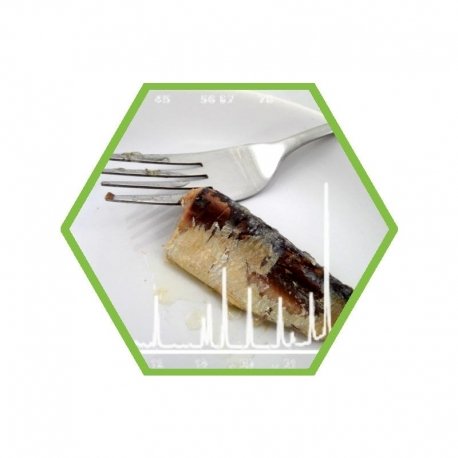 | Perflorierte Tenside (PFAS) – in Fisch und FleischFCPFA1 |
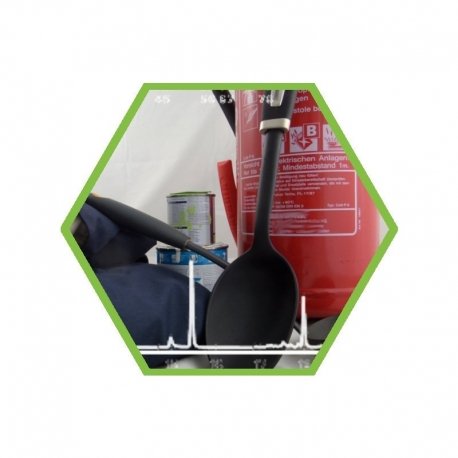 | Extractable perfluoro surfactants (PFT)MPFT1 |
 | 26 PFTs in waterWPFT01 |
Bildnachweise
- Titelbild | Quelle: euphro / flickr – CC BY SA 2.0 | Modifiziert von my-lab International

